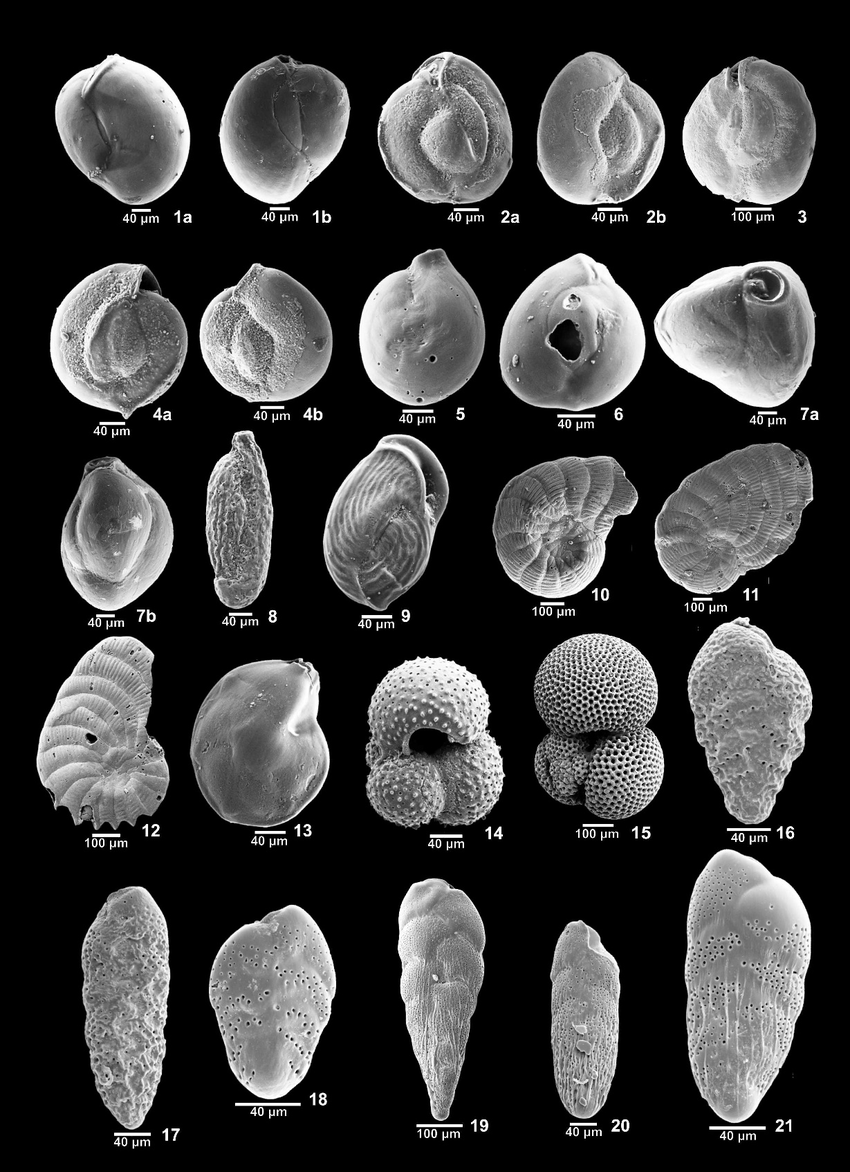Foraminiferans or “forams” are extremely fast responding single-celled shelled organisms to climatic changes. They can be extremely small for one could easily mistake foraminifera fossils for flecks of dust. Over thousands and millions of years these tiny specimens adjusted their shapes based on Earth’s climatic fluctuations. Here in this AMNH production scientific assistant Bushra Hussaini, researcher Ellen Thomas, curator Neil Landman, and intern Shaun Mahmood show how they are preserving this invaluable collection.
Forams initially were mistaken for another kind of marine organism called Ammonites. Forams still survive in Earth’s oceans but ammonites disappeared during the Cretaceous-Tertiary extinction. Both organisms contain chambered shells and provide climatic clues.
Planktonic Foraminifera continuously precipitate down on the sea floor in vast numbers as they die and they fossilize in the accumulating sediment layers. For many decades advanced deep-sea drilling projects have been bringing up sediment cores containing Foraminifera fossils. The highly accurate dating available for cores has produced an exceptionally high-quality planktonic Foraminifera fossil record dating back to the mid-Jurassic.
Shelf Life is a great collection for demonstrating behind the scenes work taking place in the Museum.



0 Comments
You can be the first one to leave a comment.